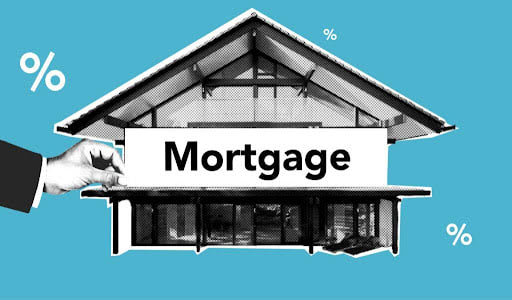If you read our recent post on rising interest rates or watched our latest Wake Up! With Haley episode on my LinkedIn channel, you know that the state of the mortgage market continues to be in flux. While we’re still waiting to see if the economy will slow down and mortgage rates will level out, it’s a good idea to get familiar with the difference between adjustable-rate mortgages (ARM loans) and fixed-rate mortgages.
What are adjustable rate mortgages?
An adjustable-rate mortgage, also known as an “ARM,” “variable rate mortgage” or “floating mortgage,” is a loan that finances your home at a variable interest rate. A variable interest rate is an interest rate that adjusts over time based on the underlying prime rate and rates set by the Federal Reserve.
For example, if the federal funds rate goes up, your monthly mortgage payments will increase. If mortgage interest rates go down, your monthly mortgage payments will decrease. See how that works?
ARMs are typically 30 year mortgage loans with two different periods:
Fixed period: This is the initial stage of the loan where your interest rate is “fixed’ and won’t change for the first 5, 7 or 10 years, depending on the terms of your ARM.
Adjustment period: This is the remaining period when your interest rate will adjust, going up or down based on the benchmark rate that we discussed earlier.
In addition to the term, you have the option to choose a conforming or non-conforming loan.
So what’s the difference between conforming and non-conforming ARM loans?
The difference is simple: conforming loans meet specific guidelines that allow them to be sold to Fannie Mae or Freddie Mac. Just to give you some background information, Fannie Mae and Freddie Mac are two of the largest, government-backed mortgage buyers in the country. It’s fairly common for lenders to sell mortgages to these institutions as a way to issue loans for more prospective homebuyers.
Non-conforming loans do not meet the same guidelines and therefore harder to sell for repackaging on the secondary mortgage market. Due to this fact, non-conforming loans generally require a lower down payment and credit score, but are offered at higher interest rates due to their riskier nature. My best advice is to read the fine print if you choose this route! Not all non-conforming lenders will have your best interests at heart, so it’s critical to know the terms of rate resets before you sign the dotted line.
The Bottom Line
Mortgage rates will always vary depending on geographic location and are heavily influenced by your credit score and finances. Before you decide on an ARM loan, be sure to connect with Kelly Malatesta, an experienced mortgage banker who can review your finances and put together a loan strategy that best meets your goals.











